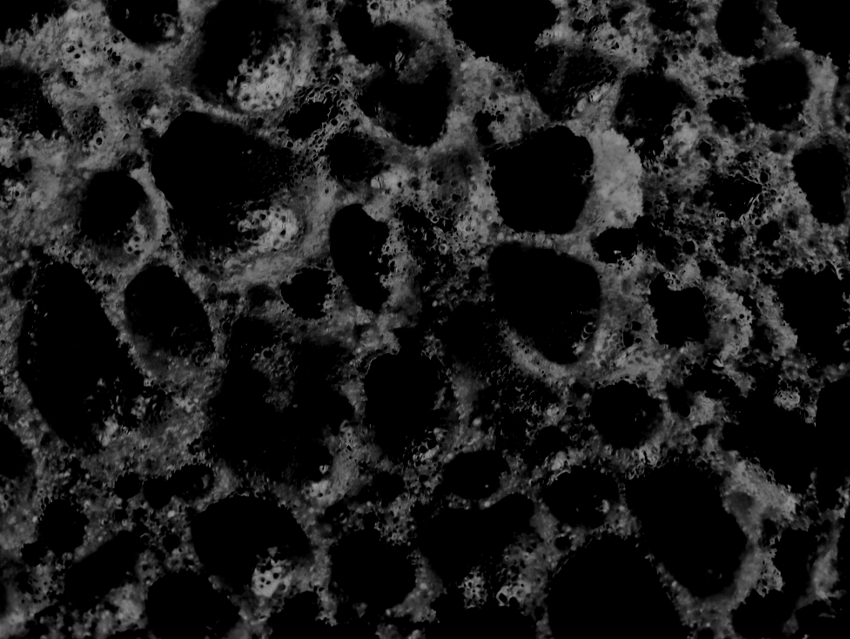Electronics become smaller and/or more powerful every year, which can lead to cooling issues. Active coolers require additional energy, so passive heat dissipation is preferable. Heat dissipation can be improved by using a larger surface, for example, with aluminium microfin structures that are attached to the electronics. However, the cooling perfomance of these fins is insufficient for some applications. Carbon nanotubes (CNTs) are promising materials for improved heat dissipation due to their high thermal conductivity and low weight.
Changhong Liu, Tsinghua University, Beijing, China, and colleagues have developed hard carbon-nanotube sponges that efficiently dissipate heat via water evaporation. The team first synthesized arrays of superaligned CNTs (SACNTs) on silicon substrates by chemical vapor deposition (CVD). The SACNT arrays were then ultrasonicated in a CaCl2 solution, and a self-supporting CNT/CaCl2 hybrid material was obtained by drying and compression. The material is porous and acts as a hard CNT-based sponge, with only a small compression of 10 % at a pressure of 4.5 MPa.
The sponges provide a 44 % higher cooling efficiency than commercial alumminium cooling fins at a humidity of 50 %. This improved performance is due to the high latent heat of the evaporating water and the high thermal conductivity of the CNTs. The moisture content of the material can self-adjust: Water evaporates when the electronics run hot, and is re-adsorbed from moist air when the electronics are cooler.
- Hard Carbon Nanotube Sponges for Highly Efficient Cooling via Moisture Absorption–Desorption Process,
Wei Yu, Guang Zhang, Changhong Liu, Shoushan Fan,
ACS Nano 2020.
https://doi.org/10.1021/acsnano.0c06748




![Synthesis of [c2]Daisy Chains via Mechanochemistry](https://www.chemistryviews.org/wp-content/uploads/2025/04/202504_RotaxanesWithSolidStateMechanochemistry-125x94.png)